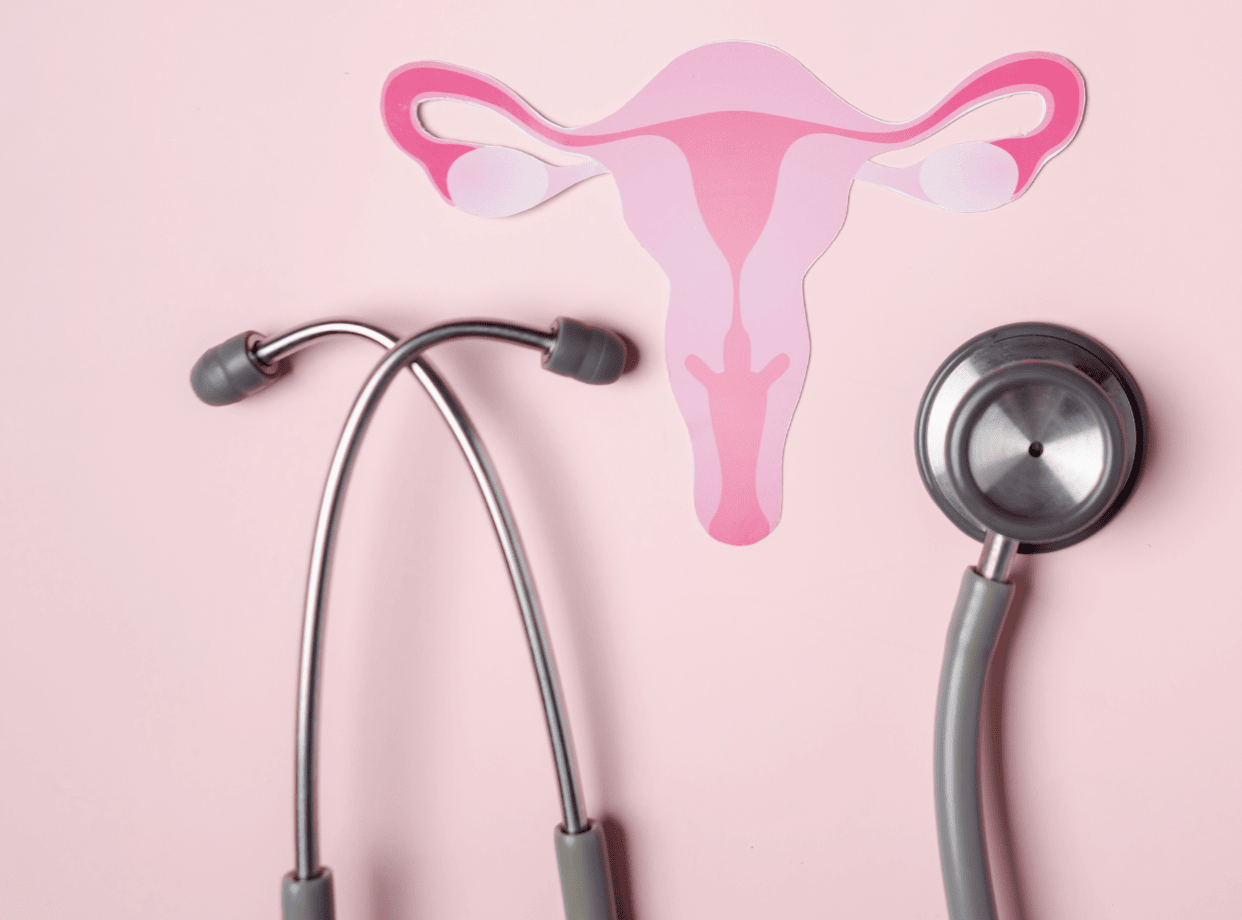Vaginal Discharge: Causes, Treatments, and Women's Health

Vaginal health is a crucial aspect of overall well-being for women, and understanding changes in vaginal discharge is a key indicator of this health. In this comprehensive guide, we will delve into the causes of abnormal vaginal discharge, how it is treated, the differences between normal and abnormal discharge, the specific causes of yeast infections and white discharge, the link between bacterial vaginosis (BV) and white vaginal discharge, the potential connection between sexually transmitted diseases (STDs) and discharge changes, the influence of the menstrual cycle on discharge, the relationship between vaginal pH and discharge, strategies for managing vaginal odor and discharge, and the importance of Pap smears in the context of abnormal discharge. Normal vaginal discharge is a natural fluid produced by the glands in the cervix and vagina. It is typically clear or milky and serves the purpose of keeping the vagina clean and healthy.
Various Factors Leading to Abnormal Discharge
1. Infections:
- Bacterial infections (e.g., bacterial vaginosis)
- Yeast infections (e.g., candidiasis)
- Sexually transmitted infections (e.g., chlamydia, gonorrhoea)
2. Hormonal Changes:
- Menstrual cycle variations
- Pregnancy-related hormonal shifts
- Perimenopause and menopause
3. Allergies or Irritants:
- Reaction to certain soaps, detergents, or hygiene products
- Allergic response to latex in condoms
- Irritation from douching or certain medications
How is Abnormal Vaginal Discharge Treated?
Accurate diagnosis is crucial for effective treatment. A healthcare professional may conduct a physical examination, take a medical history, and order tests such as vaginal swabs or cultures.
Treatment Options Based on Underlying Causes
1. Antibiotics for Infections:
- Specific antibiotics for bacterial infections
- Antifungal medications for yeast infections
2. Hormonal Therapies for Imbalances:
- Hormonal treatments to regulate hormonal imbalances
- Birth control pills for menstrual cycle regulation
3. Addressing Allergies or Irritants:
- Identification and avoidance of allergens or irritants
- Switching to hypoallergenic hygiene products
Difference Between Normal and Abnormal Discharge:
Description of Normal Discharge
Normal discharge is usually clear or milky, has a mild odor, and changes in consistency throughout the menstrual cycle. It is a sign of a healthy, functioning reproductive system.
Characteristics of Abnormal Discharge
- Colour: Unusual colours like yellow, green, or grey may indicate infection.
- Texture: Changes in texture, such as clumpiness or curd-like consistency, may signal infections.
- Odour: Foul or strong odours can indicate infection, especially if accompanied by other symptoms like itching or burning.
Causes of Yeast Infections and White Discharge:
Yeast infections are caused by an overgrowth of Candida, a type of fungus normally present in the vagina. Factors like antibiotic use, hormonal changes, or weakened immune systems can contribute.
Association Between Yeast Infections and White, Clumpy Discharge
- Symptoms:
- Itching and irritation
- Cottage cheese-like discharge
- Redness and swelling of the vulva
- Risk Factors:
- Use of Antibiotic
- Pregnancy
- Uncontrolled diabetes
Bacterial Vaginosis (BV) and White Vaginal Discharge:
Bacterial vaginosis is a common vaginal infection resulting from an imbalance of bacteria in the vagina, often characterized by a shift from beneficial Lactobacillus bacteria to harmful bacteria.
Link Between BV and Changes in Discharge
- Discharge Characteristics:
- Thin, greyish-white discharge
- Fishy odor, especially after sex
- Risk Factors:
- Multiple sexual partners
- Douching
- Smoking
Treatment Options for Bacterial Vaginosis
Antibiotics:
- Metronidazole or clindamycin
- Oral or topical formulations
Sexually Transmitted Diseases (STDs) and White Discharge:
- Chlamydia:
- Often asymptomatic
- White or yellow discharge
- Gonorrhea:
- Discharge may be white, yellow, or green
- Painful urination
Connection Between Certain STDs and White or Unusual Discharge
- Trichomoniasis:
- Foamy, yellow-green discharge
- Itching and irritation
- Syphilis:
- Painless sores
- The secondary stage may involve skin rashes and mucous membrane lesions
Importance of Safe Sex Practices
Preventing the transmission of STDs through consistent and correct condom use, regular testing, and open communication with sexual partners.
Menstrual Cycle and Discharge Changes:
Normal Discharge Variations Across the Menstrual Cycle
- Menstrual Phase: Limited discharge during menstruation
- Follicular Phase: Increased clear and watery discharge
- Ovulatory Phase: Thinner and stretchy discharge resembling egg whites
- Luteal Phase: Thicker discharge due to increased progesterone levels
Recognizing Abnormal Discharge Patterns
- Changes in Color or Odor: Persistent changes unrelated to the menstrual cycle
- Accompanying Symptoms: Itching, burning, or discomfort
Relationship Between Vaginal pH and Discharge:
Understanding the Role of Vaginal pH
The normal pH of the vagina is slightly acidic, which helps maintain a healthy balance of bacteria and prevents infections.
Impact of pH on Maintaining a Healthy Vaginal Environment
- Lactobacilli Dominance:
- Beneficial bacteria that thrive in an acidic environment
- Production of lactic acid, creating an inhospitable environment for harmful bacteria
- Changes in pH and Discharge:
- Altered pH levels may disrupt the balance of bacteria, leading to abnormal discharge
- Factors like douching or certain products can affect pH
Managing Vaginal Odor and Discharge:
Hygiene Practices for Maintaining Vaginal Health
- Gentle Cleansing:
- Use mild, fragrance-free soap
- Avoid harsh cleansers or douching
- Cotton Underwear:
- Breathable fabrics to prevent moisture buildup
3. Regular Changes:
- Change out of wet clothes promptly
- Avoid prolonged use of wet bathing suits
When to Seek Medical Advice
Persistent changes in odor or discharge, especially if accompanied by itching, burning, or discomfort, should prompt a visit to a healthcare provider.
Lifestyle Changes to Promote Vaginal Well-Being
- Diet:
- Probiotic-rich foods
- A balanced diet supporting overall health
- Hydration:
- Adequate water intake for hydration
- Avoidance of excessive caffeine or alcohol
Importance of Pap Smear for Abnormal Discharge:
Explanation of Pap Smears
Pap smears involve the collection of cells from the cervix to detect abnormal changes that may indicate cervical cancer or infection.
Role of Pap Smears in Detecting Abnormal Cells and Infections
- Early Detection of Abnormalities:
- Identification of precancerous or cancerous cells
- Detection of infections such as human papillomavirus (HPV)
- Regular Screenings and Women's Health:
- The importance of routine Pap smears in preventive healthcare
- Early intervention for effective management
Understanding and decoding vaginal discharge is crucial for maintaining women's health. From common causes like infections and hormonal changes to the significance of safe sex practices, recognizing abnormal discharge patterns can lead to early intervention and effective treatment. Regular gynaecological check-ups, open communication with healthcare providers, and embracing healthy lifestyle practices contribute to overall vaginal well-being. By prioritizing and understanding their vaginal health, women can take proactive steps towards a healthier and more comfortable life.


